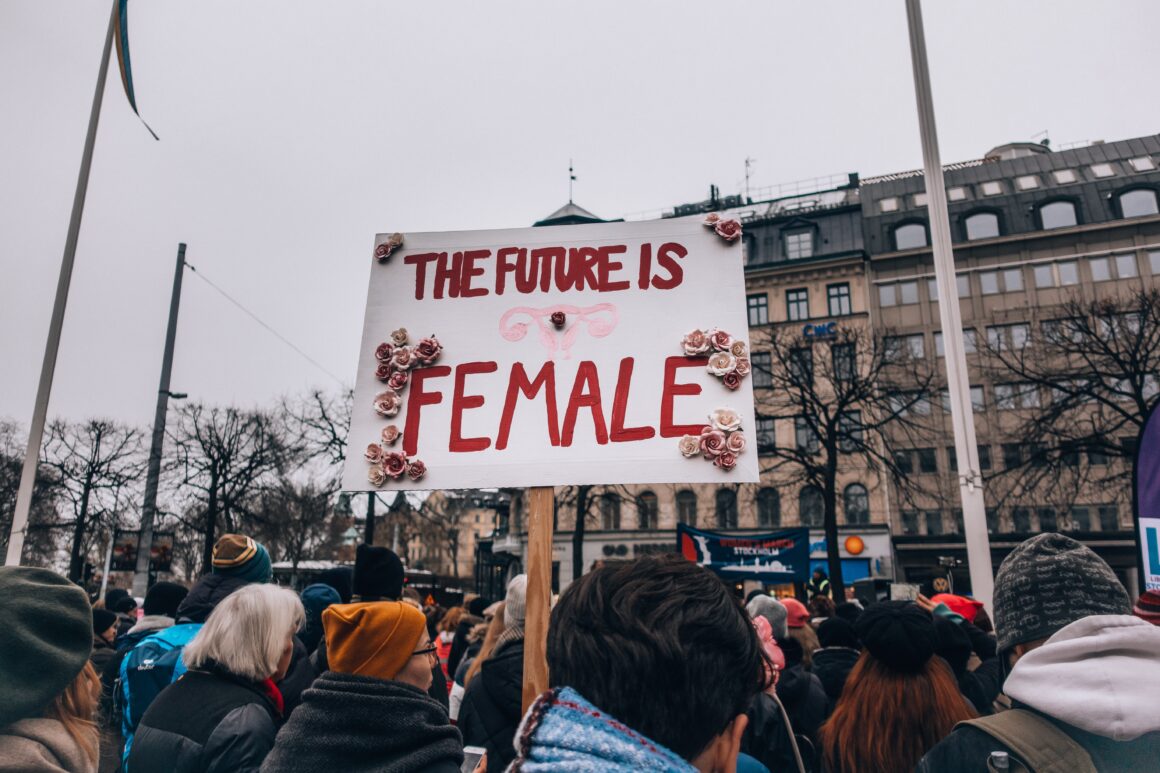Feminism has absolved itself within the identities of women throughout the United States and the globe. An abstract concept, feminism is a word open to an array of interpretations. The term’s interpretation can be determined by generational perspective, mainstream relevance, and scholastic analysis. According to Merriam-Webster, feminism is defined as the theory of political, economic, and social equality of the sexes, but this definition differs slightly from the definition provided by Urban Dictionary. Urban dictionary is an informal dictionary of modern slang cultivated by the youth. According to the widely popular resource, feminism “embraces the belief that all people are entitled to freedom and liberty within reason–including equal civil rights–and that discrimination should not be made based on gender, sexual orientation, skin color, ethnicity, religion, culture, or lifestyle.” The contrast in definitions are due to the divergence of textbook definitions and societal interpretation. The textbook definition provides a broad summary of the female struggle for equality whereas the societal interpretation evolves as society changes.
Feminist history is split into waves, “waves” are distinct strains of feminist activity and study in which exact boundaries have not yet been constructed and are subject to debate. The first wave of feminism transpired in the late nineteenth and early twentieth centuries, emerging out of an age of industrialization and liberalism. Due to the expansion of suffrage for African-American men and democratization through the increased strength of unions, this wave centered around women’s suffrage and opportunities for women in the workforce. The second wave took place in the 1960s and transversed into the 90s. This wave incorporated an extensive set of issues including the anti-war, Civil Rights, Chicano, Asian-American, and LGBT movements of the late 20th century (Dorey-Stein, “A Brief History: The Three Waves of Feminism”). Similar to the women of first wave feminism who had prominent roles in the abolitionist movement, second wave feminists had expanded their viewpoint on human rights advocating “Sister Solidarity”. This is the period in which the term “intersectional feminism” was developed, a theory recognizing that women face overlapping forms of oppression due to a multitude of identities (Smith, “Black Feminism and Intersectionality). The third wave and fourth wave are interrelated in purpose and in time span. From the mid-90’s through present day, this strain of movements has (re)introduced issues like rape, sexual abuse, unequal pay, reproduction rights, parental leave and maternity benefits, and slut-shaming (Rampton, “Four Waves of Feminism”). A significant difference that has undergone feminism, specifically in between second and third wave feminism, is the re-adoption of femininity, a development described as the ability to have a push-up bra and a brain (Krotoski, “European Companies Recognised”).
Throughout the history of feminism, women have grown to demand basic human rights as a guarantee for all minority groups and have redefined the meaning of being a woman. This evolution has politicized feminism as a movement of the left, a movement that continues today with Black Lives Matter, Fight for 15, BDS, LBGTQ+ rights reform, defending religious freedom and immigration reform (no borders, no walls!). A woman cannot be defined. You do not need a vagina to be a woman and feminists stand with our Trans sisters. Topics of mainstream feminism do matter, such as body positivity, but we need to recognize feminism is inherently anti-racist, anti-war and anti-capitalist, a fact white feminists often forget. Feminism is not advocating for more women in the ICE or on the board of Goldman Sachs. Feminism is paving the path to citizenship for our undocumented women and stringently taxing Goldman Sachs to make them pay their fair share. Feminism embodies, inclusiveness, positivity, justice for all and the environment and empowerment. If your feminism doesn’t, it’s not feminism.


